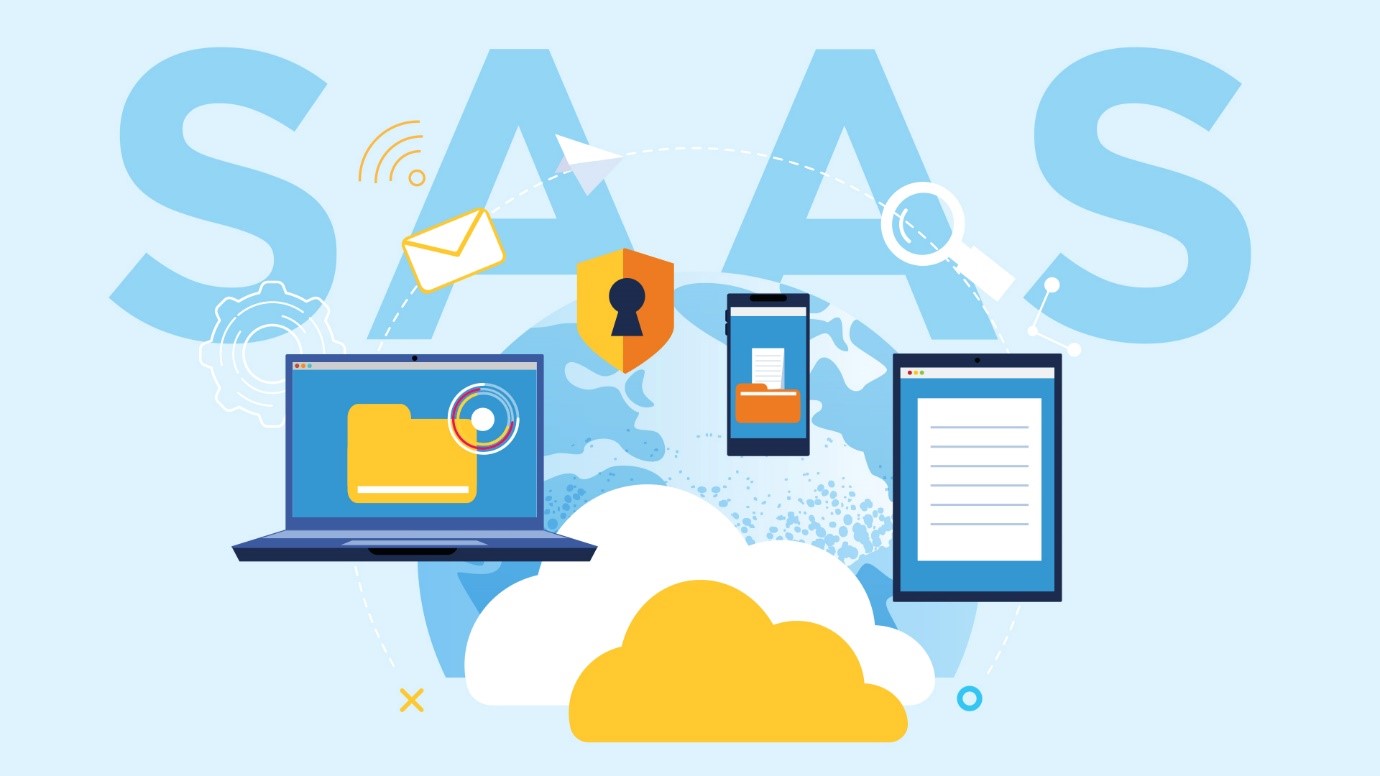As IT leaders, you might have come across Software-as-a-Service (SaaS) platforms even before you got to know about what it really is. Right now, as you are reading this blog on SaaS, you would be having numerous tabs opened in your system that employs it. Transforming the way how software industry works, Software-as-a-Service (SaaS) poses itself as the future of application delivery. It has restructured the way software developers built, sold, bought and used these solutions over time.
Though these conceptual shifts have been occurring across the domain, the effective handling of SaaS is still underway as software vendors lack operative resources and information about it to develop the applications proficiently. There exist certain issues related to the multi-tenant customization, its extensibility, scalability and isolation issues in the consumer space which could be achieved only with a comprehensive understanding of SaaS by the developers.
What is Software-as-a-Service?
Software-as-a-Service, a software distribution model, is one of the main services that come under cloud computing where a third-party provides host applications and avails them to benefit the customers over the Web platform. It is where the application’s source code resides, from where they are deployed and accessed. It would be similar for all the customers across the field and when novel features get introduced, they get distributed amongst them all by itself.
SaaS over other models of cloud implementation
Software-as-a-Service eliminates the organizations’ requirement to install and execute applications on their data centers thereby reducing the expense of hardware fixing costs, provisioning, software installation, licensing and support. In SaaS, the customers use the solutions like a rental; based on either subscription or transactional model. Thus, they get the authorization to use it for that specific period to which they have paid for the software. This whole process thereby increases the Monthly Recurring Revenue (MRR) and Customer Lifetime Value (CLV) and decreases the Customer Acquisition Cost (CAC) by integrating into a partnership-driven community.
SaaS delivers several returns to employees and companies by significantly reducing the time and money consumed by monotonous tasks such as installing, managing, and upgrading software. This liberates the technical staff to devote more time on pressing matters and issues within the body. Apart from these other benefits of SaaS include:
- Regular and sustainable incomeWith regular subscription fees, it gets easier to foresee revenues in your company. The SaaS applications help you to monitor all invoices, variations in the subscription plans, expiration of the client contracts and the like. This constant surveillance over your revenue system helps you to streamline your priorities hence enhancing your marketing strategy.
- Scalable pricing modelThe multi-tenant environment has enabled the Micro, Small and Medium Enterprises (MSMEs) to increase the customer base, with the low hardware and software license costs. Generally, the SaaS resolutions exist in cloud domains that are scalable, integrating with other SaaS contributions. Thus, the flexibility of the SaaS model supports your business by providing affordable applications and solutions.
- Retention of existing customersThe main factors that assist the SaaS employed enterprises are customer retention and net promoter score. This is aided by enhancing the customer experience by offering easy-to-use-software that drives them to share it with everyone that they know.
- Easy upgradesThe SaaS vendors upgrade the applications which are readily available to their customers with reduced costs and enhanced outcomes when compared to traditional models.
 With Continual Service Improvements, SaaS providers assist you throughout the journey of your application. The main SaaS platforms that they offer are HR management apps, secure communication, Rack management, Survey applications and much more. These SaaS services help you to manage applications competently at high speed; scaling and updating products at full throttle when compared to enterprises that use traditional infrastructure. By allowing seamless evolution of your issues to a potentially scalable, fully functional solution they facilitate your smooth drive into further expansions.
With Continual Service Improvements, SaaS providers assist you throughout the journey of your application. The main SaaS platforms that they offer are HR management apps, secure communication, Rack management, Survey applications and much more. These SaaS services help you to manage applications competently at high speed; scaling and updating products at full throttle when compared to enterprises that use traditional infrastructure. By allowing seamless evolution of your issues to a potentially scalable, fully functional solution they facilitate your smooth drive into further expansions.
To conclude, clients aren’t the only front-runners in the SaaS domain. From handy HR applications to Rack solutions, SaaS has been shaping the environment in which we function. Software-as-a-service thereby has been constantly supporting several enterprises to work better by centralizing the computing resources for years.
Interested in transforming your enterprise by creating your own effective SaaS application? Contact us here and let your business grow on its own.



